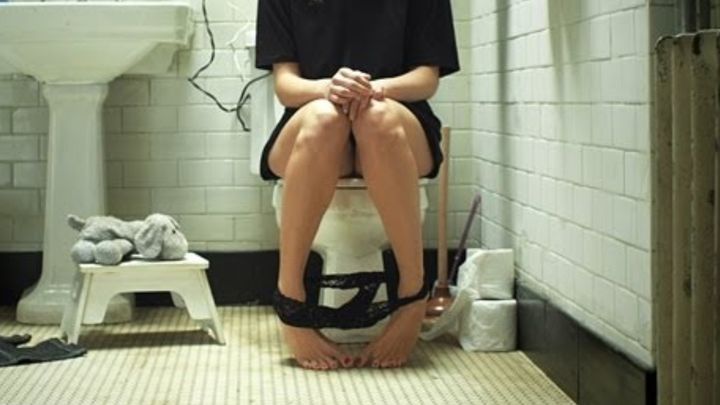
We’ve written before at HuffPost UK about how you should never hold in your wee when you’ve got to go.
We’ve also shared that while you shouldn’t suppress an urge if you’ve got a healthy bladder, you should probably hold off on “just in case” pees too if you have no real need to urinate.
And now, it turns out a lot of us are making a common mistake when going number one.
In a recent TikTok, site user Katie (@postvirallife) shared that after having an ultrasound, her technician taught her she’d been “peeing wrong [her] entire life.”
How?
“My technician beforehand was like, ‘okay, you have to go to the bathroom, but don’t push,’” the creator said.
“She was like, ’just breathe through your nose and don’t push and make sure that you clear out your entire bladder.”
Just as widening your ribcage when you poop is better for you than straining, it seems experts agree about this lower-effort urine evacuation method.
Yale Medicine writes that “A healthy bladder works best if the body just relaxes so that the bladder muscles naturally contract to let the urine flow, rather than using the abdominal muscles to bear down as with a bowel movement.”
They share that if you feel the urge to “push” every time you go, you could have an obstruction ― especially if you’re a man. See a GP if that’s the case.
Is that all?
Nope! The TikToker added that her technician said, “You’ll know that you’re at the last bits of pee if it gets warm at the end.”
Though I couldn’t find any advice to support that, it does seem emptying your bladder completely is more complex than I’d thought ― the Harrogate and District NHS Trust shared that you’re probably not emptying it fully if you notice any of the following:
- Inability to urinate
- Frequent urge to urinate soon after the last visit
- Passing small quantities of urine
- Involuntary leakage of urine (urinary incontinence)
- Weak urine stream, difficulty starting, or straining to urinate
- Intermittent urine flow (stopping and starting)
- Abdominal bloating or feeling of incomplete bladder emptying
- Pain in the lower abdomen or loin.
To empty your bladder fully, they recommend:
- Avoiding constipation
- For women, sitting properly on the toilet with feet on the floor and leaning forward; men may also empty better when seated
- Giving yourself time to empty your bladder, ideally using a quiet toilet where you can relax
- Considering reducing the frequency of urination to every 2-4 hours
- When you think you have finished urinating, sitting for a few more seconds after the flow has completely stopped, standing up and moving a little (leaning forward and backward or walking on the spot), then sitting down again to see if more urine is passed
- Applying hand pressure over the bladder just above the pubic bone while at the toilet
- Drinking at least 1.5 liters or 3 pints of fluid a day
- Running the tap while sitting on the toilet
The more you know, right?